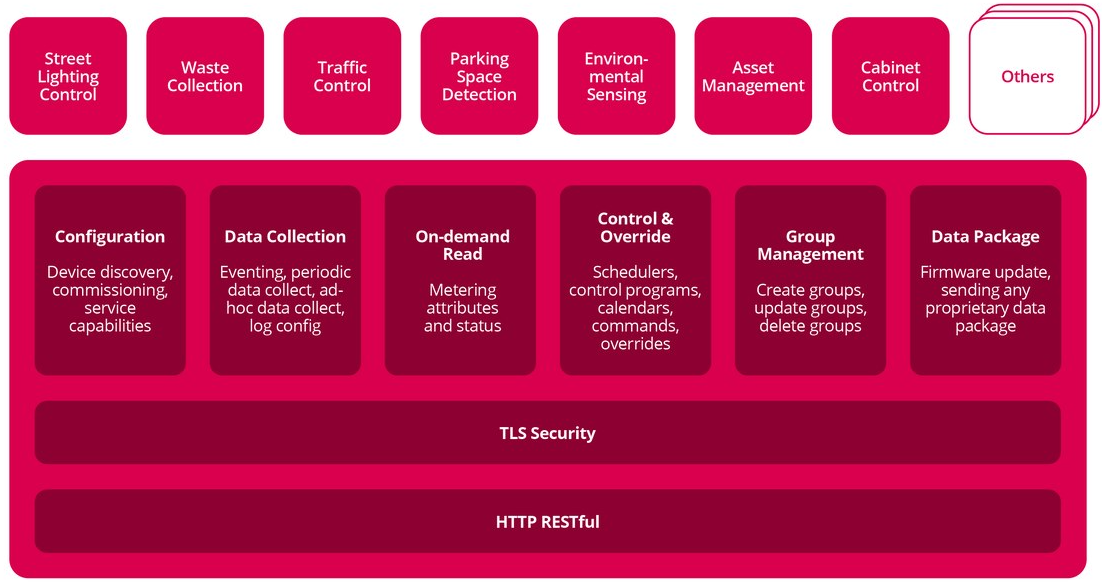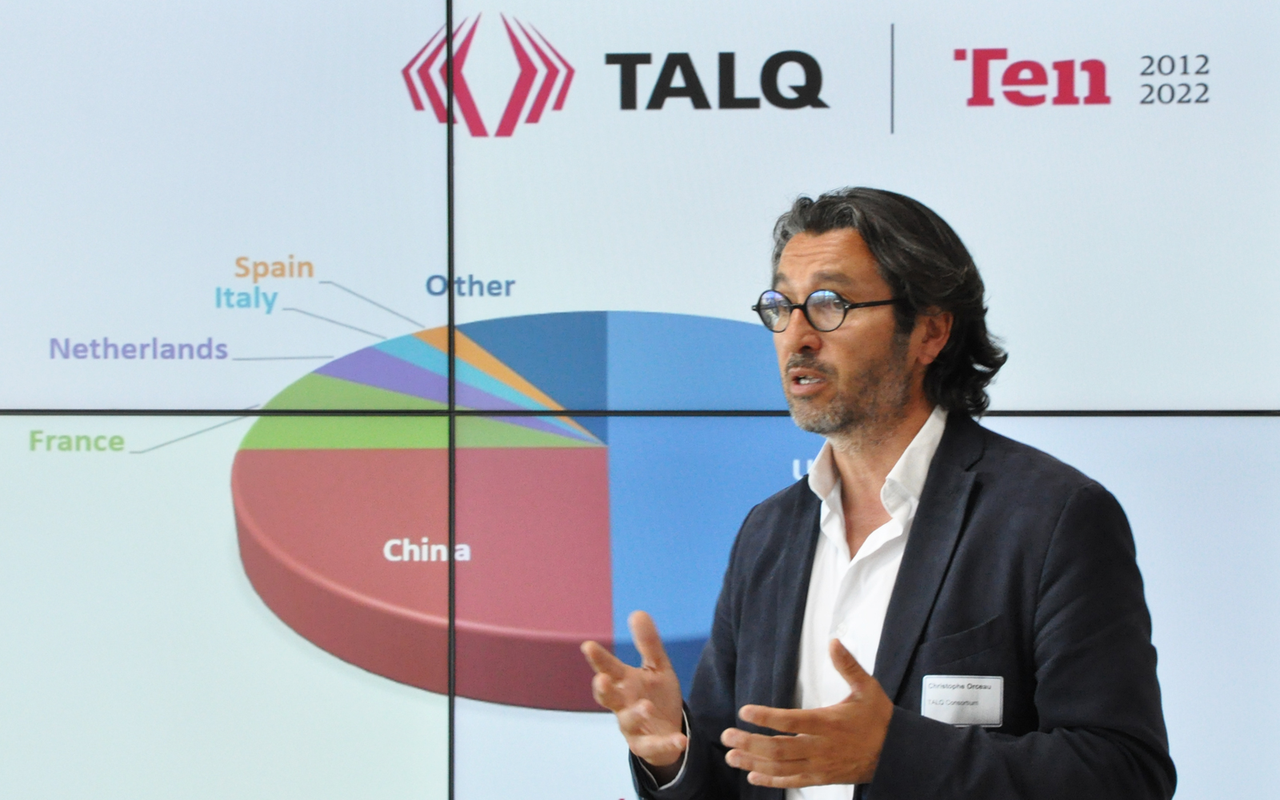TALQ Consortium Released Version 2.5.0 of the Smart City Protocol
The TALQ Consortium has published version 2.5.0 of the protocol. The continuous evolution of the protocol guarantees the adaptation of the interface standard to changing market needs. Version 2.5.0 introduces a new Lighting Asset Management profile, which addresses a long-standing demand from cities to be able to manage and track their street lighting assets more effectively. The latest TALQ protocol (both data model and API definitions) is available publicly and free-of-charge on GitHub.
For quite some time streetlighting managers from various cities worldwide have expressed a need to track and manage their lighting assets more effectively. To fulfill this demand, TALQ Consortium members worked collaboratively with end-customers to define a new profile. This profile includes a new entity, the TALQ Type, and a related service for managing it. The TALQ Type is designed to manage data common to many devices, while a newly added concept of asset functions enables data specific to a particular device to be managed. Both Type and asset functions have been created to model the street lighting assets like luminaires, drivers, controllers and brackets in the ODN (Outdoor Device Network) and in the CMS (Central Management Software) of a city.

By investing in any TALQ-certified smart city application, cities can avoid vendor-lock-in and can rely on data interoperability when monitoring and controlling devices in heterogenous smart city ecosystems.
“While the main aim of the TALQ standard remains the same, we are proud to continue to provide innovative solutions that address the demands of the smart city market, and we look forward to seeing the new Lighting Asset Management profile in action.” comments Simon Dunkley, Secretary General of the TALQ Consortium, on the new release.
The 2.5.0 version of the Smart City Protocol standard is available to software developers for download on GitHub.
© 2023 Luger Research e.U. – Institute for Innovation & Technology

